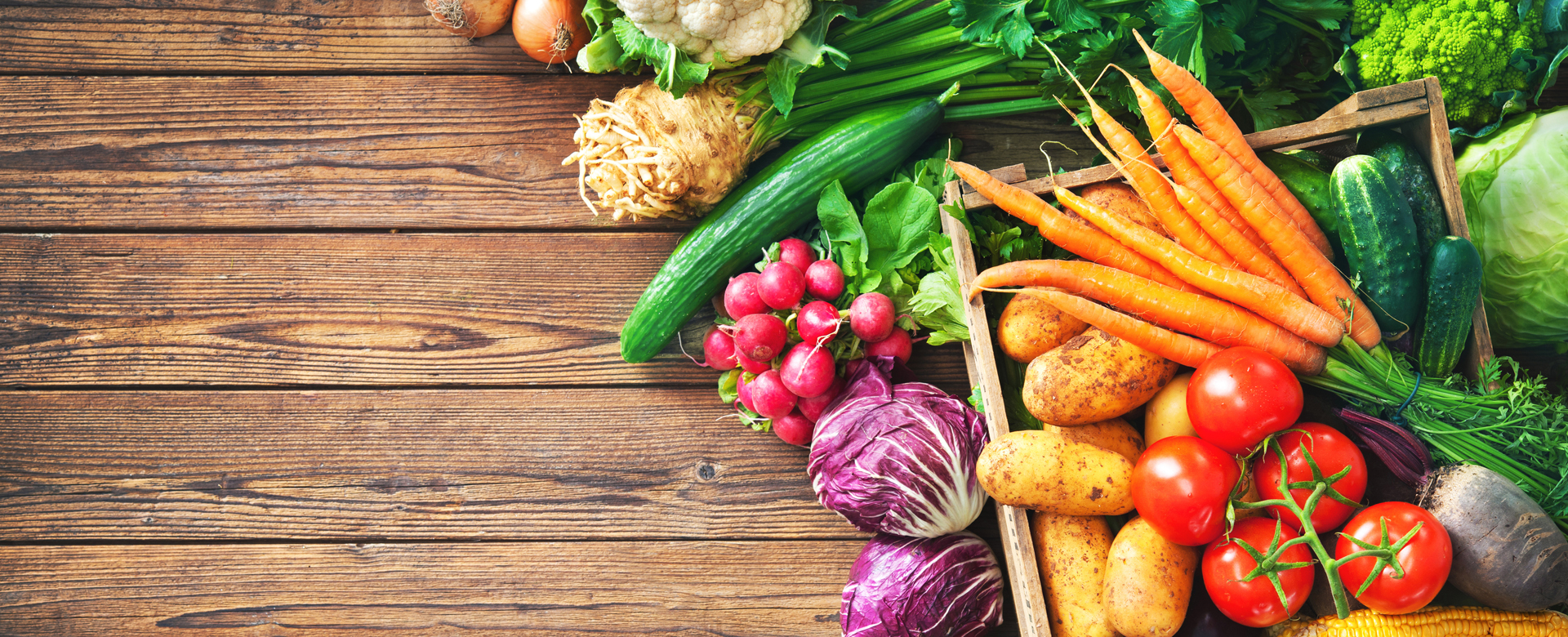To co-pack or manufacture in-house? That is the question. Growing (and up and coming) food & beverage companies are constantly grappling with the concept of outsourcing services to scale, but also thinking about capacity for long-term expansion. While leveraging a 100% co-pack model is certainly a viable option, we are increasingly seeing executives, public companies and private equity value owned manufacturing over co-packing.
Today’s Food & Beverage Supply Chain
Food commodity prices are at all-time highs (22.8%(1) higher in May than last year according to the Food Price Index). Further driving inflation has been the cost of transportation and warehousing (up 22.5%(2) in May compared to last year) with truck and ocean transportation being large drivers of price increases. Almost every food & beverage company is feeling the impacts of these issues. However, those leveraging a 100% co-pack model may see more margin and EBITDA compression as cost to outsource becomes less advantageous and product availability and price elasticity continue to weaken.
Companies are rethinking numbers and locations of manufacturing facilities and use of co-packers to optimize logistics, gain redundancy and diversity of sourcing and capture a greater portion of the available gross margin dollars to improve profitability and fund brand building. In certain categories such as bar manufacturing, high value / longer shelf-life liquids and fluid processing (e.g., high pressure pasteurization or “HPP” and ultra-high temperature or “UHT”) there has been consolidation of providers and a scarcity of capacity, often leaving asset light brands at the back of the line or without capacity for expansion.
Building a “Must Have” Food & Beverage Platform
On top of today’s inflationary environment there are other strategic reasons to owning the manufacturing process including:
- Margin expansion: margin that was paid to your co-packers are passed along to you.
- New lines of income: filling available capacity with private label or contract manufacturing increases sales “floor.”
- Product quality and availability: direct oversight of ingredient sourcing, labeling and allocation and simply availability of resources.
- Innovation: ability to have greater flexibility and speed to market with innovation using owned manufacturing asset.
More importantly, in-house manufacturing is a necessary component to building a “must have” platform – viewed as highly valuable for strategic and private equity investors. In-house manufacturing lends itself to synergistic M&A opportunities, control over supply chain, regional expansion opportunities and capacity for growth.
In 2021, Real Good Foods, a health-focused frozen food company, took over operations of its co-packer’s City of Industry facility. This gave the company highly flexible production lines that are USDA registered and gluten-free certified. By owning its manufacturing, Real Good Foods is better positioned for growth and can accelerate investments in margin expanding initiatives such as automation technology and ERP systems. Real Good Food took a further step by opening a second production facility in Bolingbrook, IL earlier this year. According to a company press release “Bolingbrook is an ideal location for the company’s second manufacturing facility because of the proximity to raw materials and distribution hubs. The highly automated facility is expected to reduce the company’s overall cost structure, increase margins and accelerate profitability.”

More recently in June 2022, Sapporo, a Japan-based producer of alcoholic beverages, acquired Stone Brewing, an Escondido-based producer of craft beers. Stone Brewing manages a strong brand and employee base, but more notably has bi-coastal brewing capacity. This can be seen as a “must have” for Sapporo, which would leverage its investment to expand in the U.S., create and acquire new brands and gain supply chain efficiencies. “We approached Stone Brewing seeking a partner for our growth plans in the U.S, and we quickly recognized they were an ideal partner with bi-coastal brewing capacity, loyal fans, superb management, shared cultural values, and commitment to the highest quality standards,” said Kenny Sadai, Chairman, Sapporo U.S.A.

What to Consider When Investing in Your Own Facility
It’s important to note that earlier stage businesses should leverage co-packers up to a certain point. Food & beverage companies that are looking towards the next stage of growth and want to decrease their reliance on their co-packers may start thinking of ways to break ground on a new facility.
Among the biggest factors driving in-house manufacturing decisions is financing. Charlie Alm, a Partner at Fundamental Income (Phoenix-based real estate investment firm), offered his thoughts:
“Consider sale leasebacks as a financing alternative that can provide 100% of the real estate costs (i.e., no parting with precious equity), with 100% deductible rent and no principal payments. Sale leasebacks offer businesses a solution that mimics the control of ownership while freeing up valuable capital for higher returning investments such as expansion, acquisition and reinvestment.”
Sale leasebacks can be a very logical choice when investing in manufacturing. Additional financing alternatives whether it is equity or traditional bank financing need to be weighed and considered based on a business’ cash flow and ability to scale production quickly. Prior to obtaining financing, having a sense of the volume one’s own business can bring to the facility along with potential off-take agreements from key customers to support additional profitable capacity utilization is critical. At the end of the day, the decision to utilize co-packing or in-house manufacturing will come down to several factors that all need to be evaluated for each individual business.
(1) Food and Agriculture Organization of the United Nations. The Food Price Index measures the monthly change in international prices of a basket of food commodities.
(2) Bureau of Labor Statistics. The Producer Price Index measures the average change over time in the selling prices received by domestic producers for their output.


